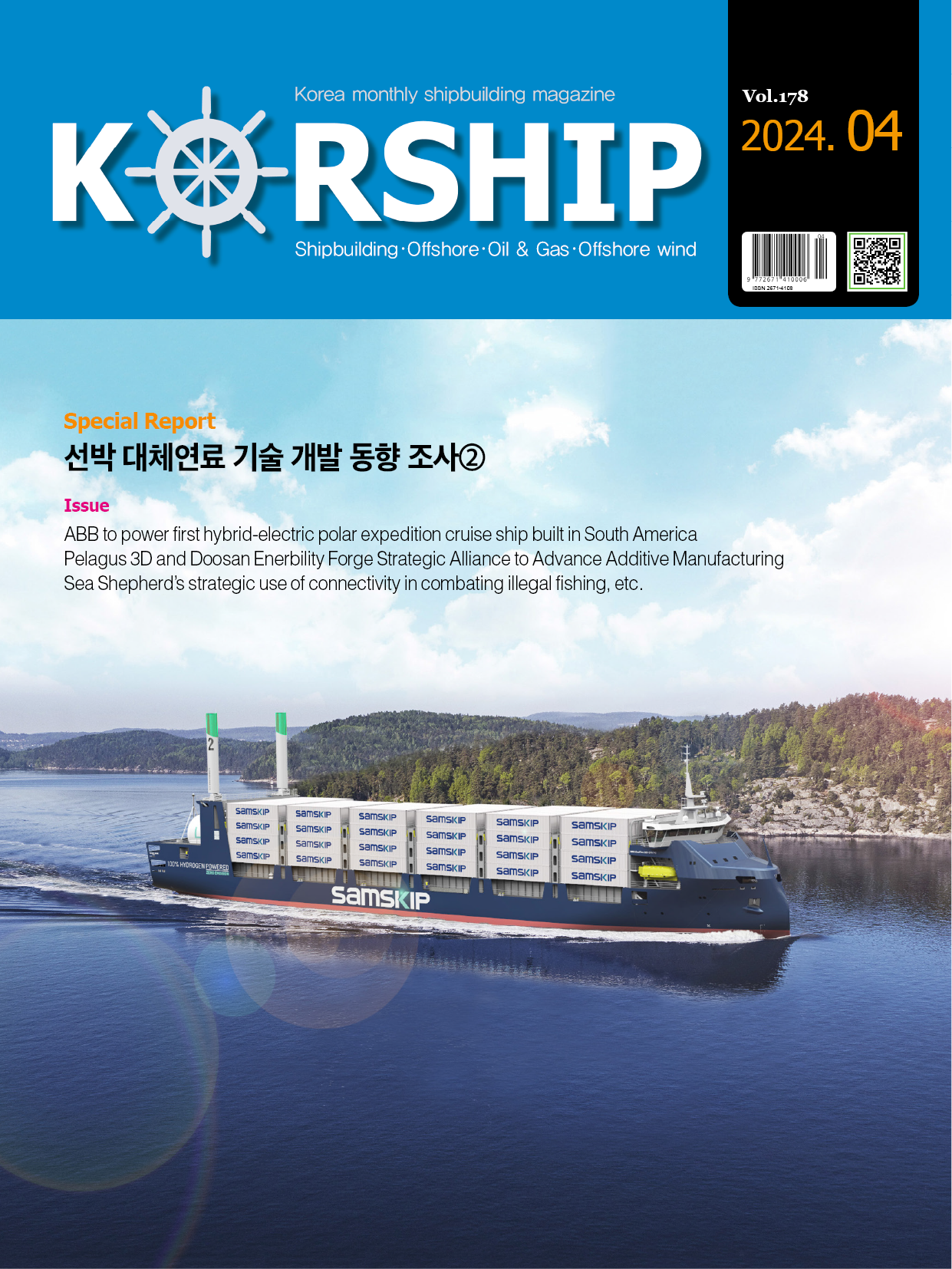Issue Year of the Ox could be year of the dry bulk bull
페이지 정보
작성자 최고관리자 댓글 0건 조회 1,862회 작성일 21-04-15 13:49본문
Evidence is mounting to support an escalating recovery in demand for dry bulk commodities in countries other than China, attributed to both rising consumption and restocking of raw materials.
The latest HORIZON Dry Bulk Monthly* report from Maritime Strategies International notes that even with China currently celebrating Chinese New Year, earnings across all dry bulk segments have been remarkably firm in a period typically characterised by seasonal weakness.
When assessed against pre-pandemic January 2020, Capesize daily spot earnings in January this year were 186% higher yoy, Panamax 104%, Handymax 91% and Handysize 71%. Notably, the last time bulker freight rates increased from December to January was 2009-2010.
One indicator of this is iron ore trade; comparing imports by world excluding China, January volumes were up 3.3% compared with a pre-COVID Jan-2020. Coal and grains trade have also played a part in the firming market: cold weather across Asia and Europe has supported coal import demand, whilst China’s grains imports continue at pace; grains trade in January was also supported by an uptick in sales from Russia prior to an export ban taking effect in February.
The Panamax freight market has been particularly strong in recent weeks, supported by temporary factors including worsening ice in the Baltic Sea. The coincidence of rising demand with temporary logistical disruptions is an important factor behind the uptick.
“Aside from firming demand, dry bulk market balances continue to be supported by reduced productivity on the back of high port waiting times while anecdotally a surge in costs to ship via containers has also driven more breakbulk cargo to be moved in dry bulk carriers, box-shaped Handysize tonnage in particular,” says MSI Senior Analyst Alex Stuart-Grumbar.
Higher dollar per tonne spot rates have also been propelled upwards by rising bunker prices, supporting margins for the most fuel-efficient modern tonnage. These dynamics have been positive for earnings in most segments, with only the Capesize benchmark faltering in early February due to poor weather conditions in export markets.
On the supply-side, January can be an indicator of what is to come for the year, as this is a preferential month for owners to take vessel deliveries. Fleet data shows that 5m dwt was delivered in January versus 1.7m dwt recycled. This compares with 6.9m dwt delivered and 1.0m dwt scrapped in January 2020, suggesting that the pace of fleet growth is slowing.
“MSI forecasts net fleet growth to slow by a third across the segments this year and strong demand growth bodes well for near-term earnings. However, the direction will be different by segment; sub-Capes will retain relatively strong levels through Q1 and Q2 before softening, whilst the Capesize market will see more sustained support in the second half of this year, assuming the emerging downside risk related to Chinese steel markets is offset by the continued recovery in raw material demand by the rest of the world,” adds Stuart-Grumbar.












